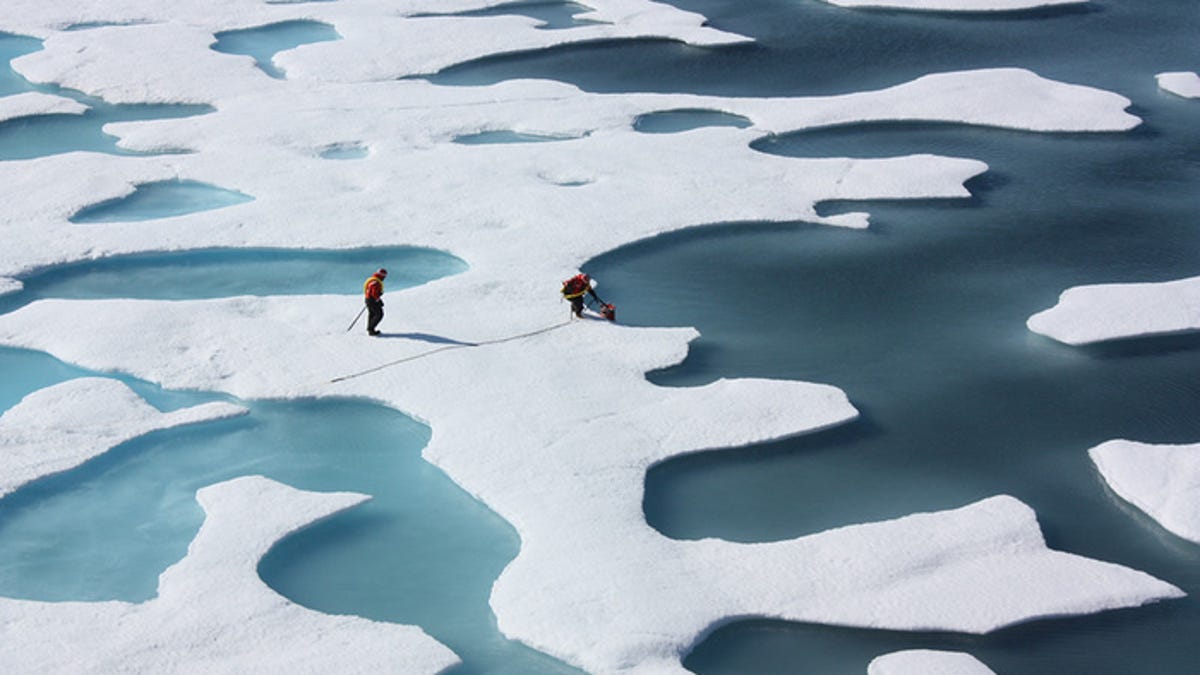NASA Satellite Sees Arctic Sea Ice Thinning at 'Frightening' Rate
The ice lost 16% of its thickness in just three years, according to scientists.

A new study of satellite data sees Arctic ice melting at an alarming rate.
Scientists have warned that the Arctic Ocean could be totally ice-free in summer for the first time as soon as 2035 due to climate change. New research shows Arctic sea ice, including some of the oldest hunks, is thinning and disappearing at a surprising rate.
NASA-supported research using observations from the IceSat-2 and CryoSat-2 satellites found the Arctic Ocean has lost about a third of its winter sea ice volume over the past two decades. And much of this loss is tied to the fact that persistent, so-called multiyear ice that lasts for several seasons is being replaced by thinner seasonal ice that completely melts each summer.
The study, published in the journal Geophysical Research Letters this week, found multiyear ice lost about 1.5 feet (a little less than half a meter) of thickness over the period since IceSat-2 began operating in 2019.
"We weren't really expecting to see this decline, for the ice to be this much thinner in just three short years," said Sahra Kacimi, lead author of the study and a polar scientist at CalTech and NASA's Jet Propulsion Laboratory, in a statement.
The study used satellite radar and Lidar to measure ice thickness and snow depth and found previous estimates overestimated sea ice thickness by as much as 20%.
"This is the first time anyone has several years worth of data from the difference between Lidar and radar data for snow depth," explained Robbie Mallett, a polar ice researcher at University College London who was not involved in the study. "This is really old ice we're losing at quite a frightening rate."
Overall, the switch from the legacy of multiyear ice to more seasonal ice is the latest in a series of impacts the Arctic has felt from climate change in recent decades.
The northernmost parts of the globe have so far felt the brunt of global warming compared with other regions, with some officials seeing the Arctic in the process of morphing to a "dramatically different state," as National Oceanic and Atmospheric Administration Administrator Rick Spinrad put it in December.
Kacimi sees one of those dramatic shifts on the horizon.
"Current models predict that by the mid-century we can expect ice-free summers in the Arctic, when the older ice, thick enough to survive the melt season is gone."

